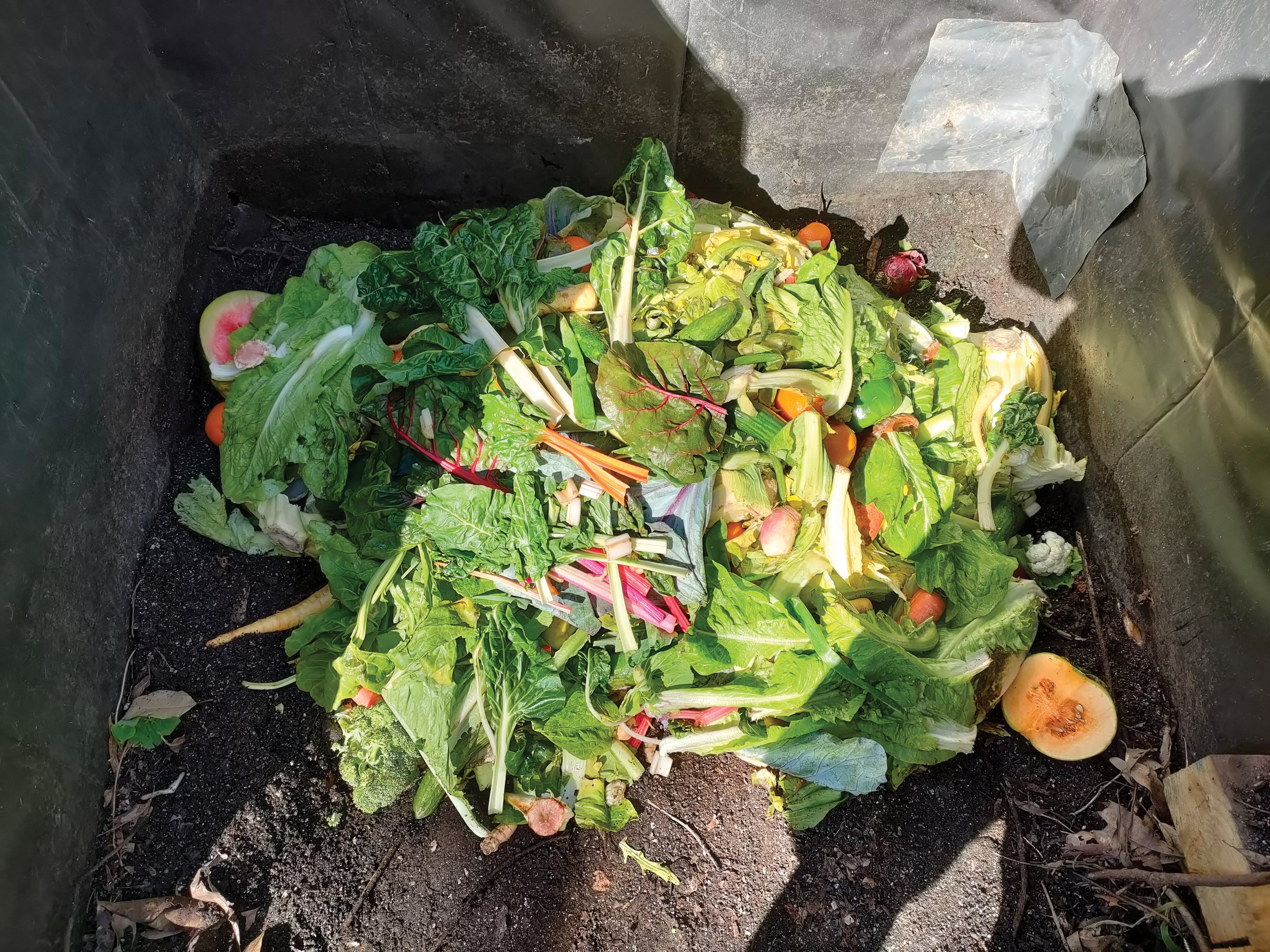
COMPOSTING TIPS & TRICKS
May 09, 2023
Composting is an important practice for certified organic farming. Not only does it help enrich soil by encouraging beneficial bacteria, it reduces food waste by turning scraps into beautiful nutrient rich compost. The MO Urban Farm is able to use and recycle food waste from our Market Organics stores by using the certified organic fruit and vegetable scraps and coffee grind waste materials in our composting system.
Our composting process is a combination of cold composting and vermicompost. Cold compositing involves creating a compost pile consisting of layers of green and dry matter in an outdoor open air setting. Vermicompost is the inclusion of red worms who assist with the breakdown of the material and nutrient enrichment process.
There are 5 compost bays on the property, made by the farm team out of recycled wooden pine pallets. Two bays are in rotation at one time and the other two are in the final stages of decomposition. These will be ready to be used to replenish the garden beds mid November. The last bay is a holding bay, where we have been collecting and storing dried leaf matter from around the property, ready to use as required.
To Build The Compost We Add 6 Layers:
1. The first layer of material is the certified organic green material which is made up of produce scraps, used coffee grind and egg shells. As we solely source this material from Market Orgaincs, we know that it is 100% certified organic all of the time and fit for use in our operation.
2. The next layer added is wood ash, which is sprinkled on top of the green layer. As we add fruit in the green layer, it can raise the pH level towards the acidic range. Wood ash assists with neutralising this high pH level.
3. Next is a layer of certified organic dirt. Enough dirt is added to fully cover the green and wood ash layer. This helps keep any critters out that might like to come and snack on the green layer.
4. The fun layer is next. A bucket of red worms is spread across the dirt layer. Worms are beneficial to add as they assist with speeding up the decomposing process and when they eat the produce they release castings, which are rich in nitrogen. To keep the worms happy, they get a bit of time to wiggle their way down before adding the next layer.
5. A thin layer of wood chips is spread across the worm and dirt layer. Wood chips assist with adding carbon and enhances the air flow in the compost pile. The wood chips are sourced from trees on the property identified as pest plants i.e. Chinese Elm. Any trees removed from the property, are replaced with native trees, bushes and flowers enhancing the land for bird life, bees and insects.
6. The final dry matter layer is added and consists of a very thick layer of leaves and twigs covering the pile. Each week the rake comes out, and a big pile of leaves half as tall as a person is collected. This is the perfect amount of leaves needed to cover the pile, and one of the perks of the location.
It’s really important to add water to the compost to keep the decomposition process going and to keep the temperature up. Once a week the pile is ‘watered’ and every two weeks it is turned. Turning the pile adds much needed oxygen to the mix which helps speed up the composting process. Layers are added as necessary during this process before it is left for 3 months to fully decompose.
By Leah Gustavsson - MO Urban Farm
First seen in the Seasonal Magazine: Summer 2023
Back to MO Blog page

